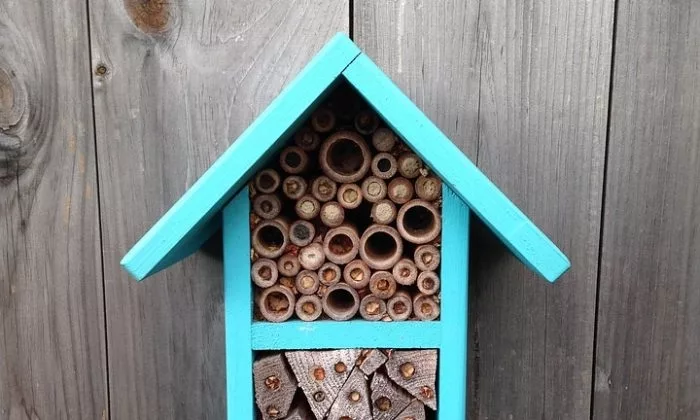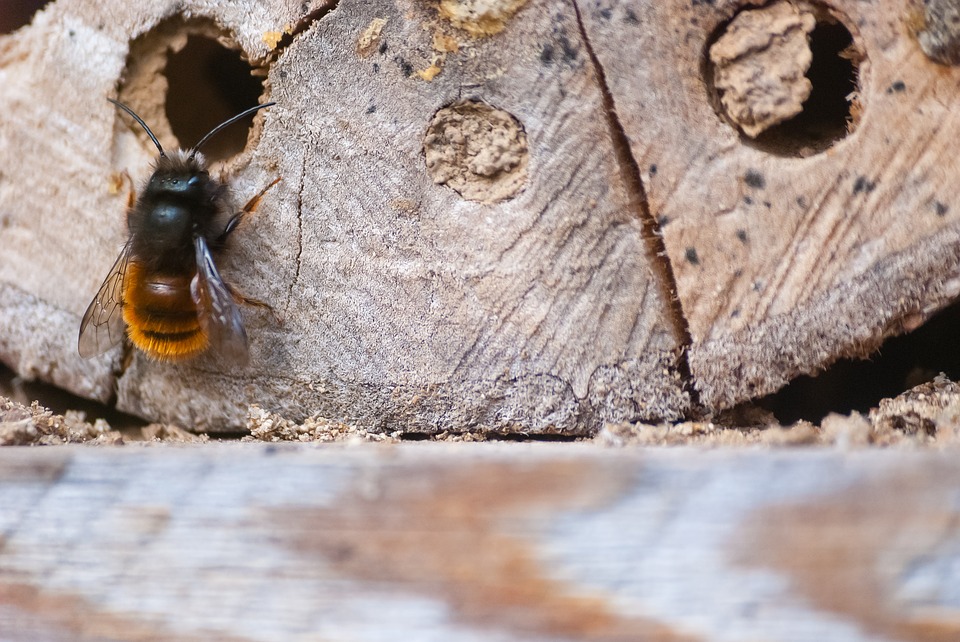How to make a small birdhouse for beneficial insect

Beneficial insect was much more plentiful in our gardens in the past then today. This was mainly because there were many natural shelters and friendly habitats around. Various useful and beneficial earwigs and solitary bees could easily find habitat between bricks, roof tiles, roof thatches, roof beams and many other cracks and tiny openings. These days every concrete join is sealed and isolated and there are not many hiding places for insect but we can change that.
Insect houses – basically the same as small birdhouses are especially needed in the spring when insects lay eggs. In the summer, these small houses can provide suitable habitat or “accommodation” for various insects and during autumn and winter it will provide a suitable shelter and protection against freezing weather. All these useful bugs, let’s not call them pests, need protection from rain or even predators. Very little goes a long way here.
DIY insect houses? Simple straw and flowerpot
Building small insect house will not take long. All you need is few wooden boards, bamboo stalks or straws – that is about it. Make a small frame and fill it with suitable material. Instead of bamboo, or the materials mentioned above, you can pretty much use anything such as wood, straw, moss, grass, etc.

Do you want to build something even simpler? Then invite earwigs to your garden. They may not look very pleasing in your salad, but they clean your garden from many insect pests. Earwigs do not ask for much Take a flowerpot, fill it with straw and place it in a sheltered spot upside down and soon you should see your first family of earwigs taking refuge in your flowerpot.
An easy shelter for solitary bees and wasps. Wasps can easily deal with a lot of caterpillars and other unwanted visitors – they search for them and bring them to their young. Bees will pollinate your fruit trees, which is very important. These great sidekicks like to live in bundles of hollow stalks hung in the shade, or in drilled concrete blocks. It is actually very pleasing to watch the busy swarming and chirping around these little shelters. A very calming experience we all need these days.
Where to place your insect hotels, shelters and houses?
A place protected from rain and wind would do.Best on the south or southeast side of your house or garden, but do not place it high over surrounding greenery as the majority of useful insects do not fly high.
Photo: Pixabay

Gardening is my hobby, I have a lot of experience and I am happy to share it.








0 comments